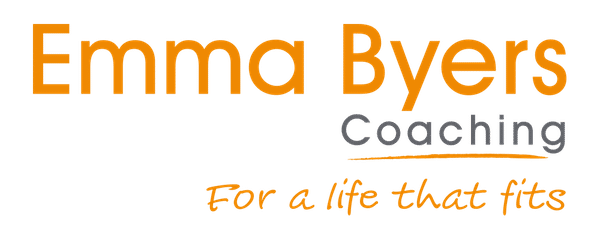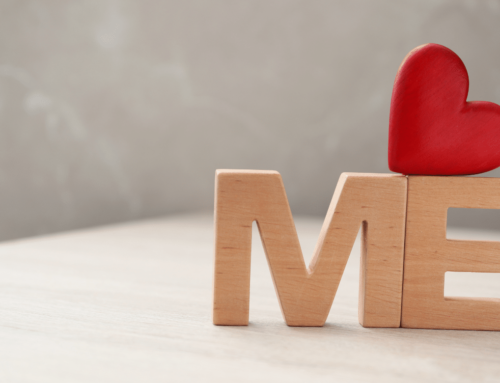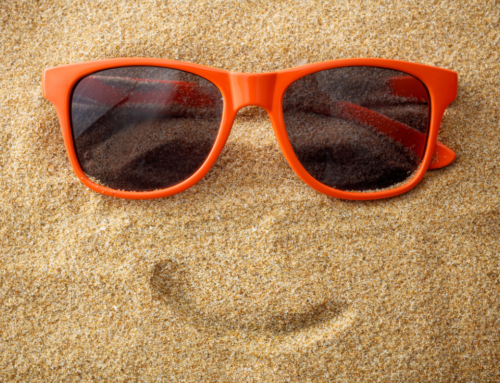When you’re stressed, do you nourish or numb? We often unconsciously use activities which soothe the autonomic nervous system (ANS). This is the non-conscious part of our brain and body that is responsible for our survival (on a basic level, it’s the flight or fight response). These activities help us to come back towards regulation – a calmer, more conscious Ventral state where we can choose how we act rather than react. (BTW, I’m using the language of Polyvagal Theory here – a wonderful therapeutic approach that I’m trained in that helps us to better manage our response to stress and trauma.
However, being non-conscious, the ANS can be a bit of a blunt tool and we often find ourselves doing activities with numb or distract (think procrastination), rather than regulating resources with soothe and nourishment.
So what’s the difference?
A distraction takes us (temporarily) away from stress without changing our state. It tends to take us away from ourselves, so we’re a bit disassociated or blank. And when we come back into the moment, the stress is still there and we are no more able to deal with it.
Whereas a regulating resource takes us away from the stressor but does this by bringing focus to ourselves, to an experience and the present moment. It nourishes, calms on a deep level, and makes us stronger – and therefore more resilient to stress.
How do you feel after an hour scrolling through social media, playing endless phone games or desperately keeping yourself busy all the time? If the answer is groggy, spaced out or completely shattered, then it’s probably a distraction. And it’s likely to be harming your ability to deal with stress.
Compare that to perhaps the unconscious things you might do when stressed – stroking your own hair, or taking a deep breath. Or boosting that with more impactful things like a walk where you take time to really notice your surroundings, a breathing and stretching routine, playing with the dog or a coffee with friends.
There’s a whole raft of regulating resources – from the very simple to the complex – and it’s helpful for us to start to understand what works for us individually. More on that another time…
But in the meantime, why not keep an eye our for what nourishes or numbs you? It’s not always clear cut – an inspiring Insta video might be just the thing to give you some vim, or a TV programme might help you to feel happy and connected. This isn’t about judgement.
It’s about noticing how things make you feel during and afterwards – how present are you, are there still signals of stress in your body and mind, do you feel stronger or less capable? And using that as the first step to building your resilience superpowers.






